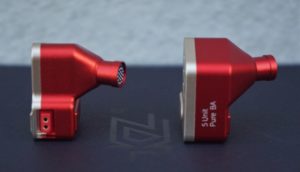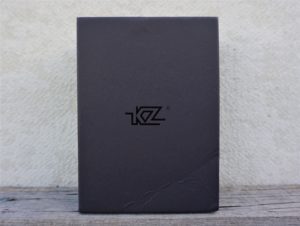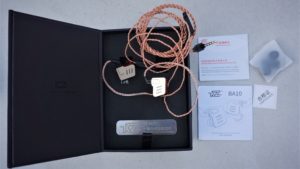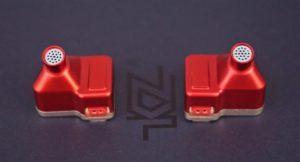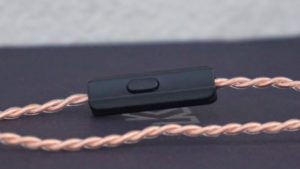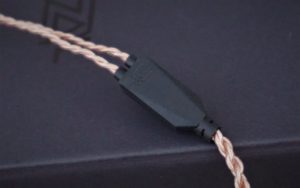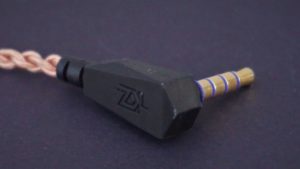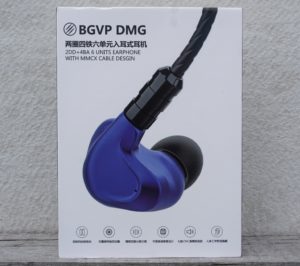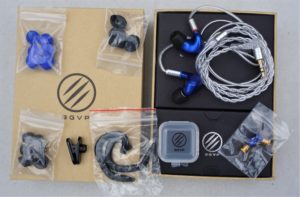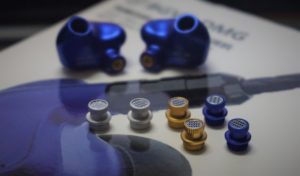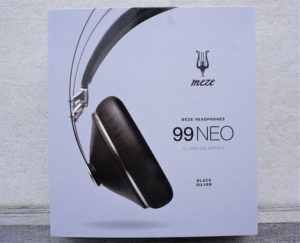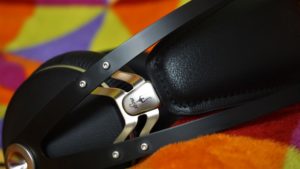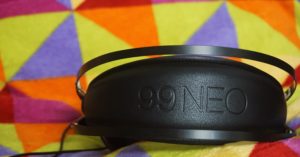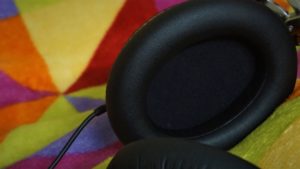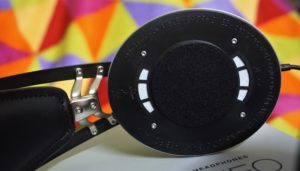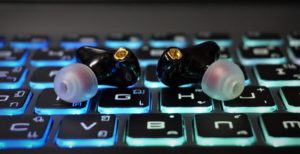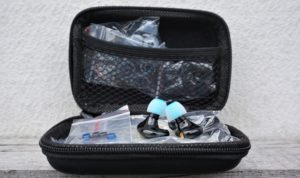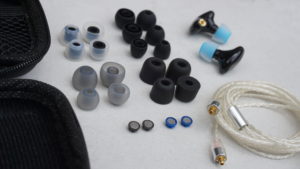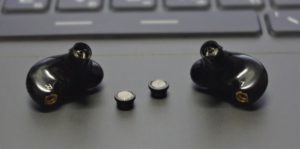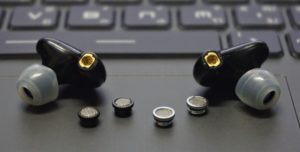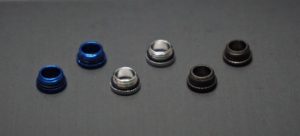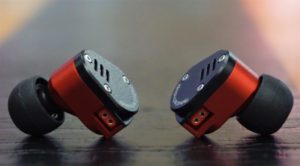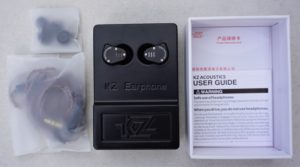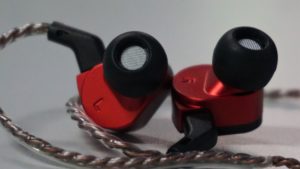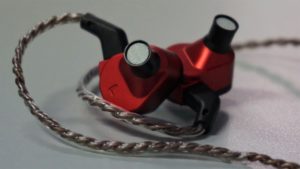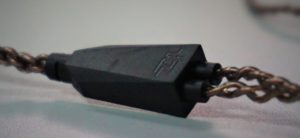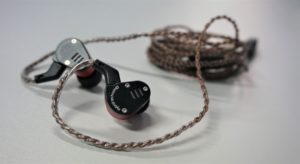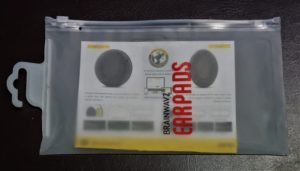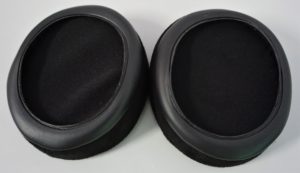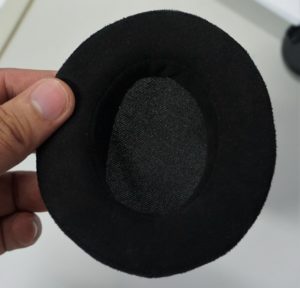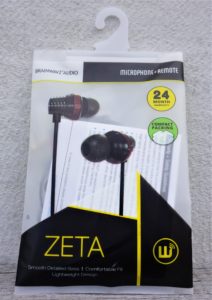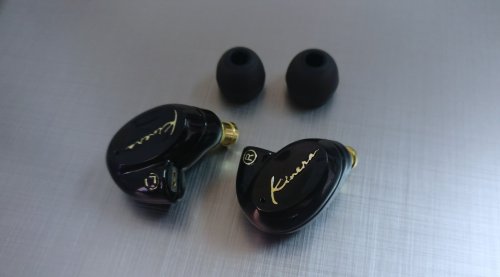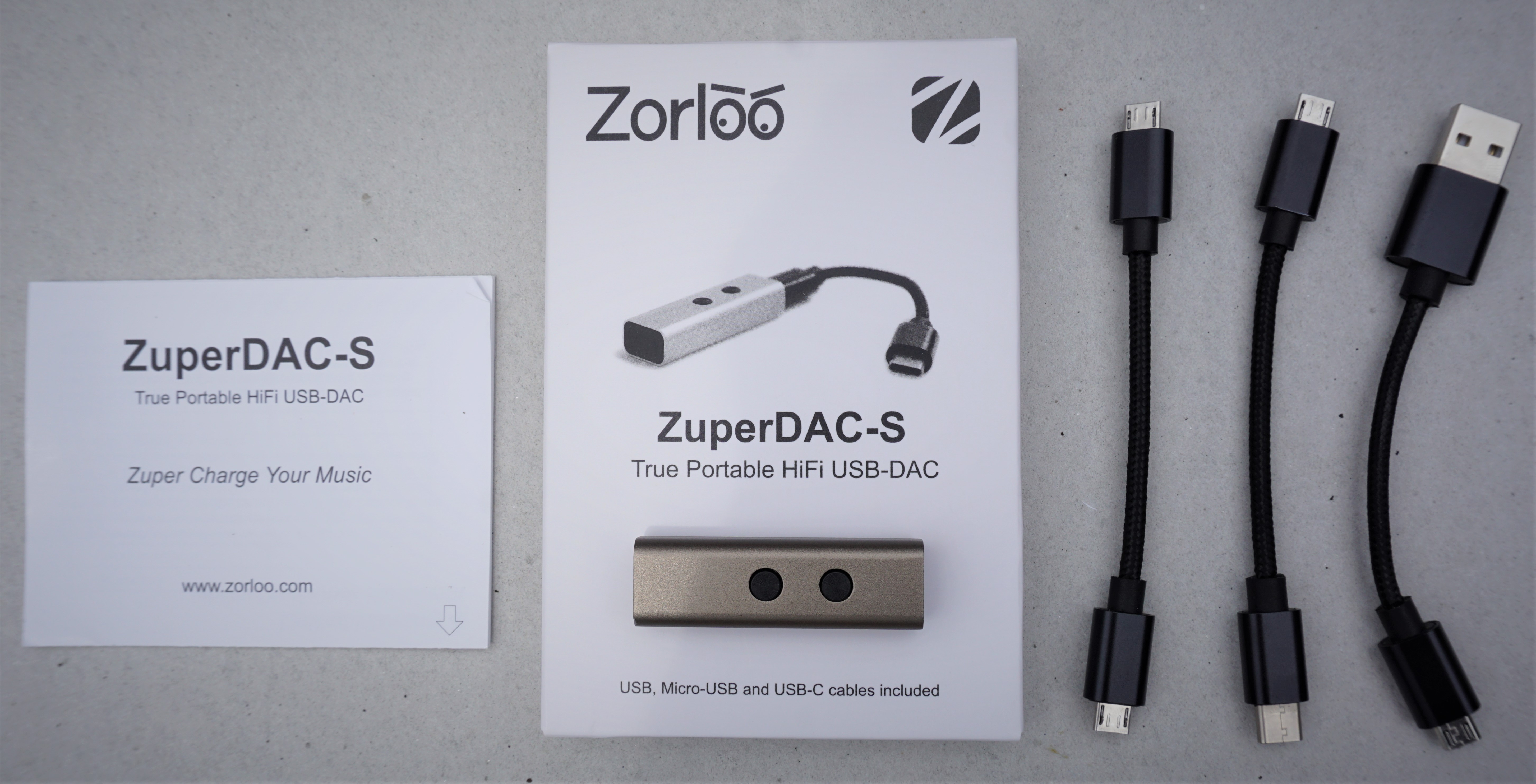

Zorloo is a new player in the audiophile community based off China which offers a promising set of products pioneered by their ZuperDAC offering which is now superseded by the ZuperDAC-S, designed as an everyday ultra-portable DAC solution. There weren’t any details about what the “S” stands for and my guess would be “Super” as in ZuperDAC-Super, accurate enough, right? The ZuperDAC-S retails for $79.00 which you can get from their official Zorloo site. Thanks to Andy from Zorloo for sending in a review unit in exchange for an honest review.
Specifications:
- True portable HiFi USB-DAC
- Support Hi-Res audio up to 192kHz 24-bit
- ESS Sabre 9018 DAC and amplifier
- USB Audio Class 2 asynchronous mode
- SNR @ 120dB and THD+N @ 0.0005%
- Small size at 50mm x 15mm x 10mm
- Light weight at 10g
- Aluminum chassis with stylish matted finish
- Hardware volume keys with memory
- Battery free, no need to charge
- Includes USB, Micro-USB and USB-C cables
Packaging and Build Quality



The Zorloo ZuperDAC-S came in a small slim white box which showcases the DAC on the cover as well as the 2 cool logos of the Zorloo brand as well the product specifications and accessory set. Inside is the ZuperDAC-S itself packaged with 3 different cable connectors (Type-C, Micro-USB and USB-A) which is approximately 4.5 inches long and all sheathed black which also has black housings so those who are particular with aesthetics won’t have any issues pairing this with a myriad of products. The cables also have great flexibility to them while still being able to retain its form which is great when it is already connected to your audio devices. The ZuperDAC-S itself has an aluminum chassis and a matte finish, Zorloo provided me the gray colored one. The aluminum body has some sturdiness to it, I tried dropping it on a polished floor twice, once on hip level and once on shoulder level and it only showed a minor dent on the corner and still worked fine.

The ZuperDAC-S weighs in at only 10 grams and only 2 inches long, .4 inches thichk and .5 inches wide. Preference would come into play as to which you’d like to have as a front, the 2 button increase/decrease volume switch or the Zorloo logo/LED light indicator sides. One end of the ZuperDAC-S features a Micro-USB and a 3.5mm headphone out. The volume buttons uses a 16-step configuration which can work separate its source, it also has highly contrasted in relation to the body color and has great feedback click once used and such buttons aren’t centered on the body and oriented near the Micro-USB.
Usability and Functionality

One look on the ZuperDAC-S and its small form factor automatically relieves you of the feeling of having to carry additional gear just to get quality audio and it also fits on your denims inner pocket which for a non-smoker like me was unused most of the time and a lighter for those who do. The aluminum body also guarantees this would last considering the fact that it also doesn’t have a battery for you to charge in order for you to use it.
The 3 included cables on the ZuperDAC-S all worked flawlessly as they should. I using it all on different sources and although the cables and the DAC worked fine, it also almost automatically warms up on different sources. The ZuperDAC-S has almost no learning curve to setup as it was designed to be a plug and play device be it used with a Windows computer (no driver installations needed) and an Android device, I however needed to turn on OTG storage on my OnePlus 3T device for it to work there. Using it with an iOS devices would need one to get their camera connection kit or Apple’s lightning to USB Camera adapter.
The ZuperDAC-S has a single blue LED indicator which stays lit while it is used and while it has no built-in battery, the power draw that it consumes although only at .11A max was still able to drop my 3T’s SOT to around an hour, this is subjective but just keep this in mind. The built-in volume controls also works independently from its source and decreasing or increasing the volume would need one to constantly click on them to adjust volume since long presses doesn’t work so when 1 button fails, you’re stuck unless you use your sources’ volume controls.
Sound Quality

Utilizing the ESS Sabre 9018 chip which is widely used on similar products such as from SMSL and Sabaj which also ironically has almost identical IDEA and Da2 products makes me guess they are sister companies or under all made under one roof. The single most noticeable audio feature the ZuperDAC-S lacks is support for DSD and PCM decoding which almost a standard now on devices although on the consumer end, who would be carrying those formats on their mobile phones which this is designed for, right? But yeah, would have been nice if it was included.
You had one job, just one job, and the ZuperDAC-S lives by this mantra which is to output higher quality audio off portable devices in a simplified way. I made sure to once again acclimate myself to using my mobile phone and MSI GF62-8RE laptop for music to get the mood on and just let the ZuperDAC-S go in between. Just by including it on the chain immediately made tracks clearer and fuller. I cycled through Norah Jones’s Come Away with Me, Fleetwood Mac’s Greatest Hits, Suicide Squad’s The Album and DeadPool 2’s Soundtrack albums in 16/44 Flac and although the changes are minimal, it is definitely noticeable as compared to using my 3T and MSI device direct for audio use. The lower frequency performance had a tad more impact to them while the higher frequencies are more articulate, the midrange frequency gained the highest benefits of this device with it being clearer and a kick more crisp. Imaging and soundstage also benefitted making the overall sound more distinct in its delivery.
Conclusion

The Zorloo ZuperDAC-S comes in on the portable DAC party clad in simple looks and the most basic of functions with more than enough versatility and portability at a reasonable price. While all these are petty for some hardcore audiophiles, it certainly does a great job in ushering in the starters into the audiophile party looking for a solution to their basic mobile phone audio and direct PC audio woes.



